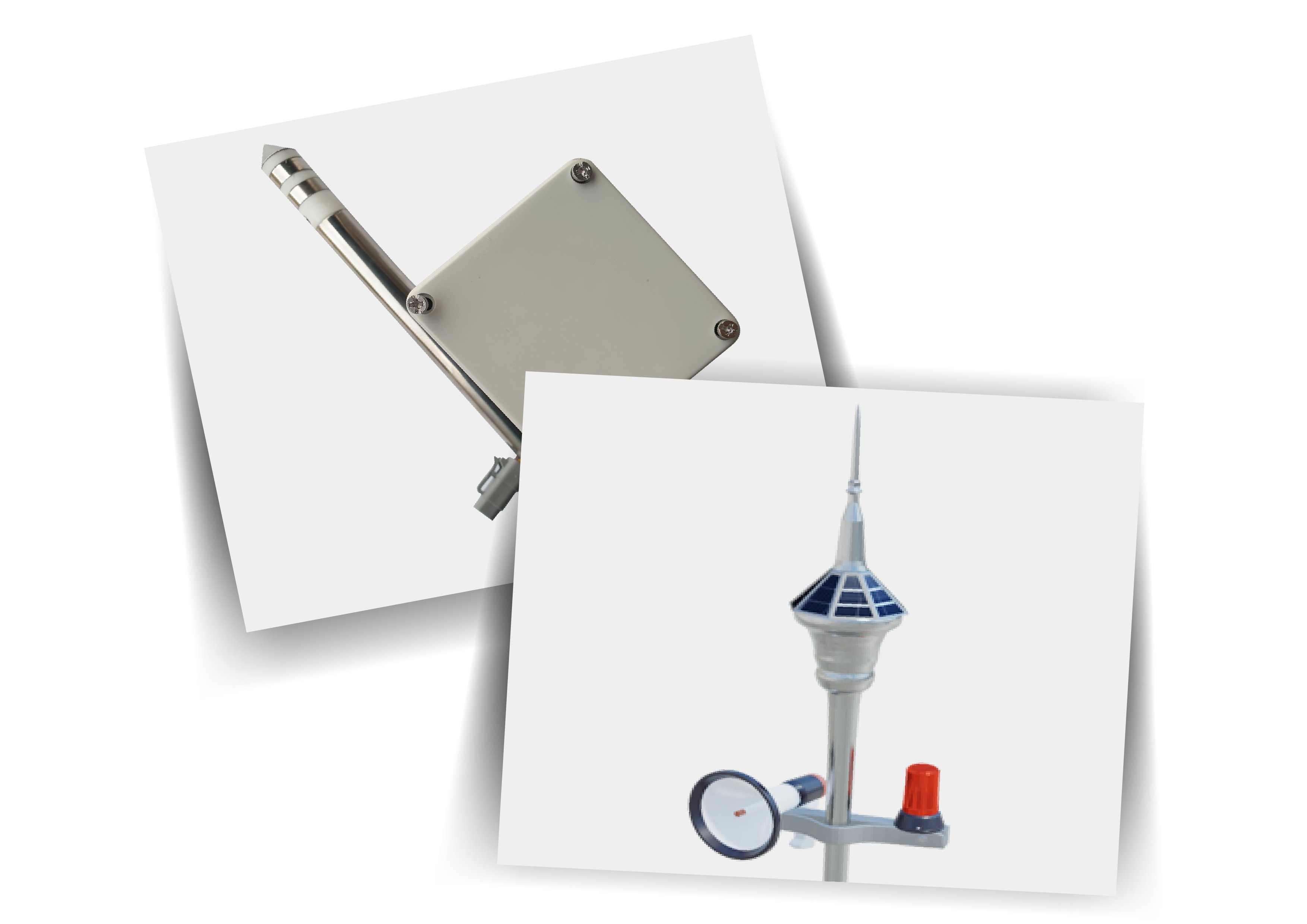Electromagnetic Compatibility Challenges in Rail Systems
R.A.E.S.RRaising Awareness on Electrical Safety & Reliability
Introduction
At its core, Electromagnetic Compatibility refers to the ability of electronic and electrical systems to operate smoothly in their shared environment without causing interference or experiencing disruptions. In the world of rail transportation, where a variety of electronic systems and components coexist, EMC is essential to maintaining the network’s dependability and security.

Importance of EMC in Rail Systems
Electronic infrastructure plays a major role in rail networks, which include signalling systems that coordinate precise movements and locomotives that speed down tracks. EMC turns into the crucial component keeping this system together. Any compatibility issue has the potential to cause a chain of problems that might damage not just the effectiveness of train operations but also safety of personnel and passengers.
Key Components of Rail Systems
Locomotives
Electromagnetic compatibility of locomotives is essential to ensure smooth and dependable operations, from momentum systems to control units.
Signalling Systems
The compatibility of these systems is paramount for timely and accurate communication between trains and control centers, preventing potential collisions and ensuring overall network efficiency.
Communication Systems
In an era where real-time communication is non-negotiable, the communication systems within rail networks play a crucial role. From onboard communication in trains to ground-based systems, maintaining EMC is essential for seamless information exchange and operational coordination.
Power Distribution Systems
Ensuring EMC in power distribution systems is essential to prevent electrical interference that could compromise the functionality of critical components and lead to system-wide failures.

Interference Sources in Rail Environments
Electrification Systems
Electrification systems, such as overhead lines, are essential for powering electric trains. However, these systems generate electromagnetic fields that can interfere with nearby electronic equipment. Managing the compatibility between electrification systems and other components is vital for a robust rail network.
Communication Networks
Rail communication networks, including wireless and wired systems, face challenges in maintaining EMC due to the diverse range of electronic devices involved. Ensuring uninterrupted and interference-free communication is pivotal for the safety and efficiency of rail operations.
Track Circuits
Track circuits, which detect the presence of trains on a given section of track, are susceptible to electromagnetic interference. Maintaining the integrity of track circuits is essential to prevent false signals or failures in detecting trains.

Potential Impact of EMC Issues
Safety Concerns
EMC issues in rail systems can have severe safety implications. Malfunctions or disruptions in key components may lead to accidents, endangering passengers, and infrastructure.
Communication Disruptions
EMC issues can result in communication breakdowns, hindering the flow of crucial information between trains, control centers, and other vital components.
System Reliability
The overall reliability of rail systems depends on the effective management of electromagnetic compatibility. System-wide failures due to EMC issues can result in delays, operational inefficiencies, and increased maintenance efforts.
Emerging Technologies and Solutions
Intelligent Grounding Systems and the Role of R-FERM in EMC Management
Grounding is a support in the effective management of Electromagnetic Compatibility (EMC). Recent advancements in grounding strategies have taken a transformative leap, aiming to enhance their efficacy in ensuring the stability and reliability of rail systems amidst the challenges posed by changing electromagnetic environments.
R-FERM: Revolutionizing Grounding Measurement and Monitoring
Reliability and electrical safety are priorities, and correctly planned and maintained earthing systems are essential. These systems serve as critical safeguards against fatal accidents and irreparable damage during high-intensity operational faults and energy dissipation.
To address the reliability challenges in earthing system measurement and monitoring, Manav has an innovated technology Remote-Fault Time Earth Resistance Monitor (R-FERM). R-FERM automates measurements, evaluates the healthiness of earthing systems, and provides fault-time system behaviour information remotely.
R-FERM operates on an advanced patented technology that transforms manual monitoring into an automated online monitoring network. This digitalized concept not only reduces time and effort for maintenance teams but also ensures a more accurate and reliable assessment of the earthing system.
Role of Predictive Maintenance and Lightning Management in EMC
The role of predictive maintenance in Electromagnetic Compatibility (EMC) management is integral to ensuring the reliability and safety of electronic systems. However, one unpredictable phenomenon poses a significant challenge—lightning. Lightning discharges high voltage surges that can flow into sensitive electronic instruments and communication systems, resulting in equipment failures, unplanned shutdowns, and even fatal accidents.
Lightning Management and Alert System (LMAS)
This is an innovative system by Manav, that predicts the occurrence of storms and intelligently manages the high energy dissipation associated with lightning strikes. By utilizing this one-of-a-kind technology, it alerts, ensuring that every person is in a safe zone during lightning events. These systems not only enhance safety and reliability but also pave the way for a more resilient and proactive approach to electronic systems management in various environments.

Conclusion
In conclusion, as rail systems advance into the future, the integration of cutting-edge technologies, such as intelligent grounding systems, predictive maintenance, and lightning management, reflects a commitment to resilience, safety, and proactive management of electronic systems. The journey towards Electromagnetic Compatibility is dynamic, and these innovations pave the way for a future where rail transportation is not only efficient but also robust, secure, and seamlessly integrated with the evolving technological landscape.

